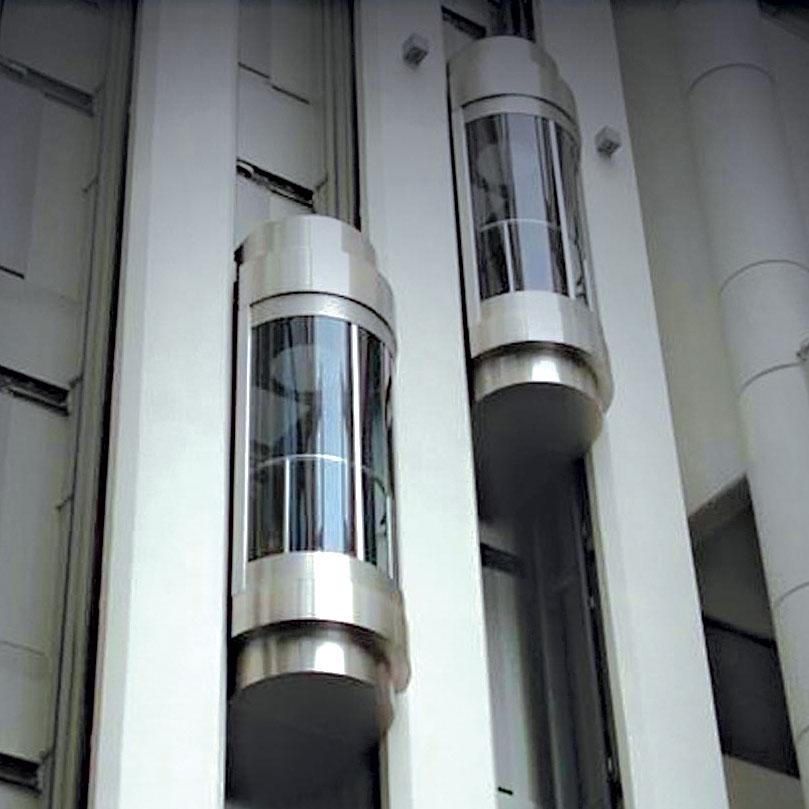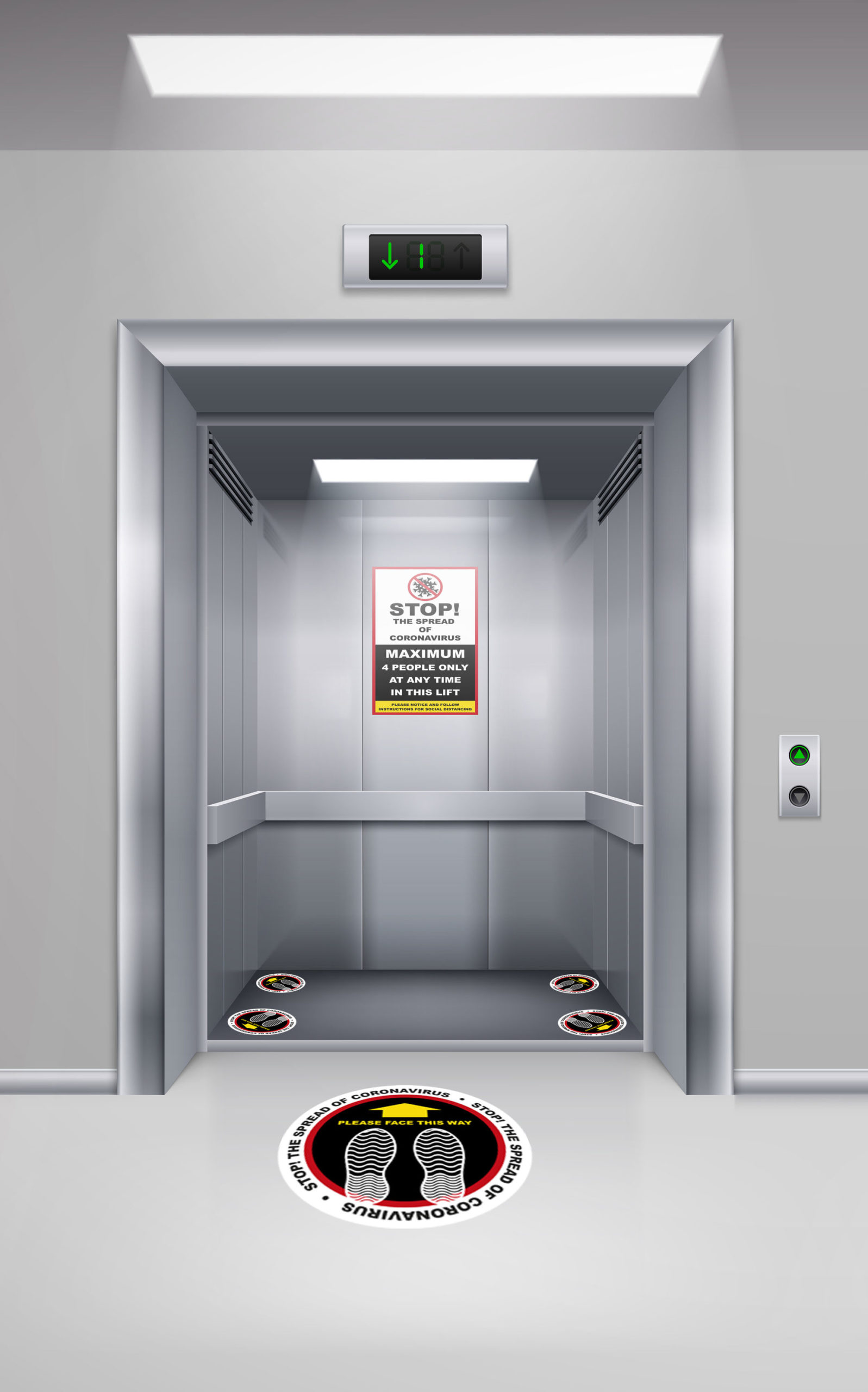Locate Dependable Lift Repair Near Me for Quick and Affordable Solution
Locate Dependable Lift Repair Near Me for Quick and Affordable Solution
Blog Article
Digging Into the World of Lifts: Common Issues Encountered by Different Lift Mechanisms
As we browse with the vertical transportation systems of modern-day buildings, lifts stand apart as a vital component of our day-to-day lives. Nonetheless, behind their seamless operation exists a world of elaborate devices that can often encounter obstacles. From hydraulic lifts to traction systems and machine-room-less layouts, each lift type comes with its collection of usual problems. Recognizing these obstacles is crucial for making certain the smooth performance of these important systems. Allow's check out the intricacies that underlie the procedure of lifts and the prospective concerns that can occur, losing light on the elaborate internet of lift mechanisms.
Hydraulic Lifts
Hydraulic lifts, often chosen for low-rise buildings, use fluid stress to regulate the activity of the elevator vehicle (lift repair companies). This system entails a hydraulic pump pressing oil right into a cylinder, causing the elevator to move in the preferred direction. While hydraulic elevators are understood for their smooth and silent procedure, they do feature their very own collection of usual problems
One widespread trouble with hydraulic lifts is oil leak. The seals in the hydraulic system can wear gradually, bring about oil infiltration. If left unaddressed, this not only produces a mess but can also affect the lift's efficiency. In addition, concerns with the control system, such as malfunctioning shutoffs or a malfunctioning pump, can trigger interruptions in the elevator's movement.
Regular upkeep and punctual fixings are vital to make certain the smooth performance of hydraulic elevators. By attending to these typical issues proactively, structure proprietors can decrease downtime and make certain the safety and security and effectiveness of their vertical transportation system.
Traction Elevators
When thinking about upright transport systems in buildings, another common kind apart from hydraulic elevators is the grip lift. Traction elevators run utilizing a system of ropes and weights that move the elevator cars and truck by clutching onto the hoist ropes. This mechanism permits smoother and faster upright transportation contrasted to hydraulic systems.
Among the common concerns faced by grip elevators is rope wear. The consistent movement of the ropes within the grip system can result in tear and wear with time, potentially creating the elevator to malfunction or become dangerous for use. Normal evaluations and upkeep of the ropes are important to make certain the elevator's appropriate performance and safety.
One more concern that traction elevators might encounter is associated with the control system. Troubles with the control system can result in concerns such as erratic motion, hold-ups in action times, and even full shutdowns. Routine screening and upkeep of the control system are essential to protect against such issues and make sure the lift's integrity.
Machine-Room-Less (MRL) Elevators

Among the essential parts of MRL lifts is the compact gearless grip device that is mounted visit their website within the hoistway. This maker efficiently drives the lift vehicle without the need for he said large equipment located in standard traction lifts. Additionally, MRL lifts generally make use of a counterweight system to stabilize the automobile, further improving their power performance.
Regardless of their benefits, MRL elevators might face obstacles connected to upkeep and repair work as a result of the confined room for devices installment. Availability for servicing elements within the shaft can be restricted, requiring specialized training for service technicians. Correct upkeep timetables and regular inspections are critical to ensure the continued smooth procedure of MRL elevators.
Overloading and Weight Restriction Issues
Straining and weight restriction concerns are important worries in elevator operations. Elevator manufacturers design raises with details weight capabilities to make sure traveler safety and equipment long life.
When lifts are overwhelmed, it puts too much pressure on the electric motor, wires, and various other elements, potentially creating break downs or breakdowns. If they spot excess weight, safety devices such as sensors and overload sensors are in place to protect against elevators from moving. Additionally, surpassing weight limits can bring about enhanced energy consumption and damage on the lift system.
To reduce overloading concerns, developing managers should plainly show weight limits in lifts and educate owners on the value of sticking to these constraints - lift repair companies. Routine maintenance checks by certified technicians can additionally assist make certain that elevators are running within risk-free weight parameters. By resolving overloading and weight limit problems proactively, structure proprietors can enhance elevator safety and security and efficiency
Electrical System Failings
Going beyond weight restrictions in lifts can not only lead to mechanical problems but also potentially contribute to electrical system failures within the lift framework. Electric system failings are an essential concern in lift procedure, as they can create unanticipated closures, breakdowns, or also safety risks.
Regular maintenance and inspections are vital to identify and resolve possible electrical problems promptly, ensuring the reliable and secure operation of lift systems. By sticking to weight limits and performing routine electric system checks, building proprietors can mitigate the danger of electric failures in elevators.
Final Thought

Hydraulic elevators, usually chosen for low-rise structures, use fluid stress to control the activity of the elevator cars and truck.When considering upright transportation systems in buildings, an additional common kind aside from hydraulic elevators is the grip lift. Traction lifts operate utilizing a system of ropes and weights that move the elevator auto by gripping onto the hoist ropes. Unlike standard lifts that require a different equipment room to house the devices, MRL elevators integrate many of the parts within the shaft, getting rid of the requirement for a devoted maker area.In conclusion, elevators face typical concerns such as hydraulic malfunctions, traction system failings, and electrical system issues.
Report this page